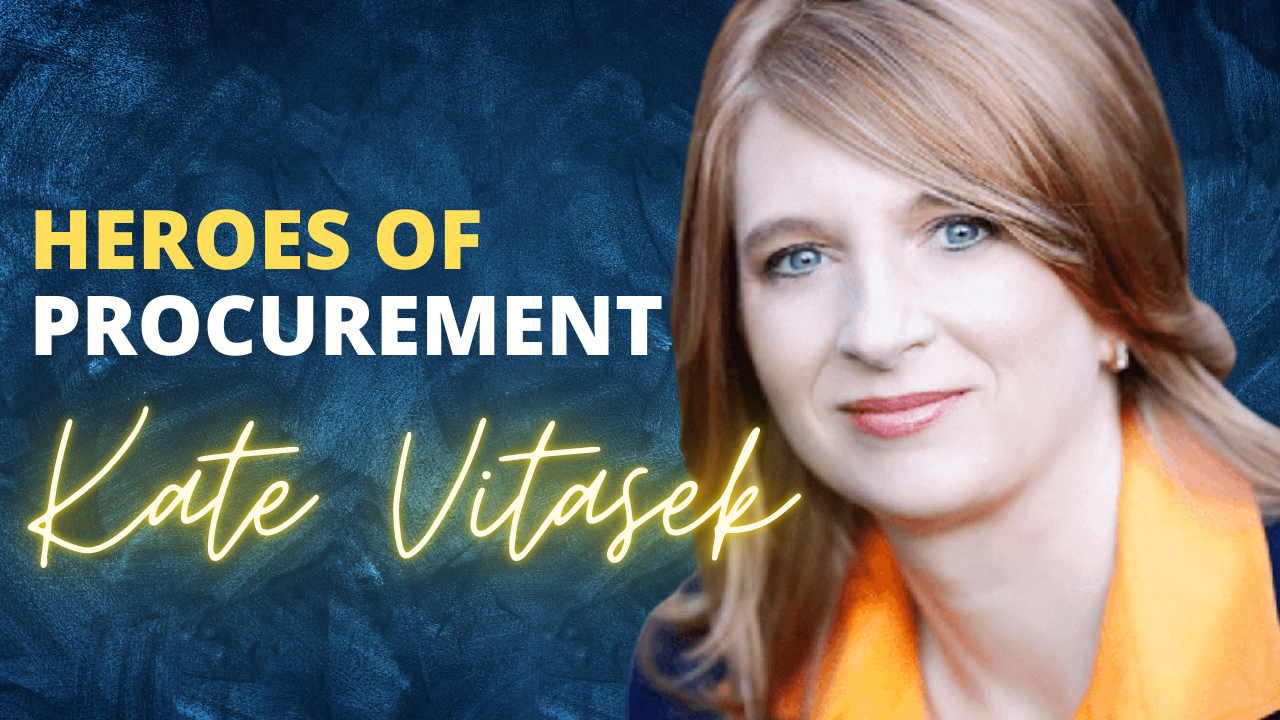The reservations systems of the biggest carriers mostly run on a specialized IBM operating system known as Transaction Processing Facility, or TPF. It was designed in the 1960s to process large numbers of transactions quickly and is still updated by IBM, which did a major rewrite of the operating system about a decade ago.
A host of special features, ranging from mobile check-ins to seat selection and cabin upgrades, are built on top of the TPF core, or connected to it.
“They have surrounded that old industry infrastructure with modern technology,” said Bob Edwards, United Continental Holdings’ former chief information officer until 2014. “Those systems have to always reach back into the old core technologies to retrieve a reservation or to figure out who flies between Dallas and New York City.”
When a power outage shuts off that reservations system – as happened on Monday to Delta Air Lines’ “Deltamatic” system – TPF falls out of sync with the newer technologies that passenger service agents use to assist travellers, Edwards said.





